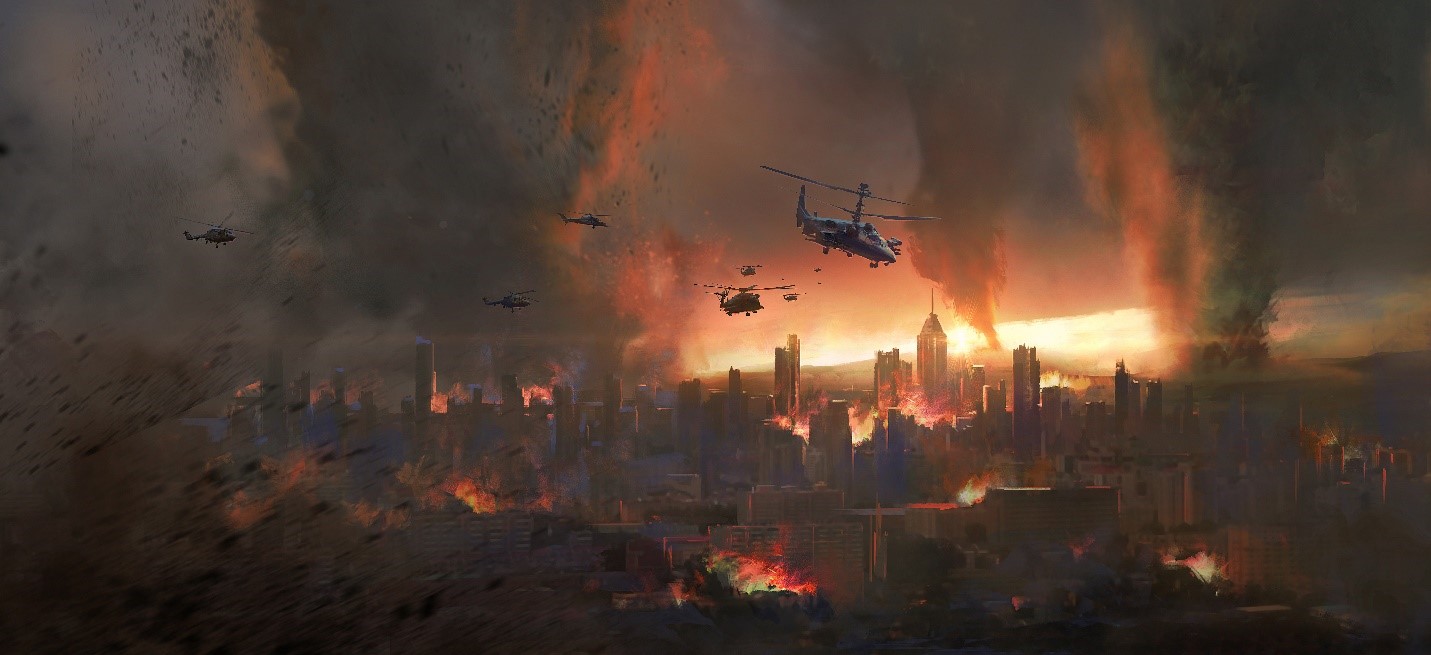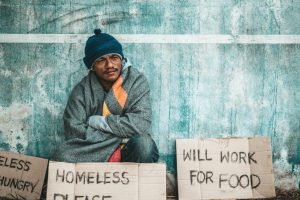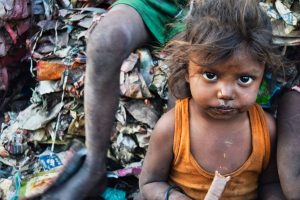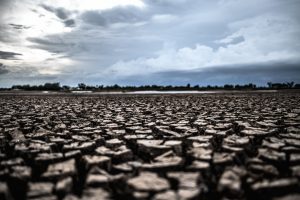According to the UN’s flagship Global Assessment Report, the world might erase social and economic progress and experience 1.5 disasters every day by 2030. Human activities and behaviors are contributing to a rising number of disasters around the world, putting millions of lives and all social and economic gains in jeopardy.
The UN Office for Disaster Risk Reduction (UNDRR) released the Global Assessment Report (GAR2022) ahead of the Global Platform for Disaster Risk Reduction in May, revealing that between 350 and 500 medium- to large-scale disasters occurred every year during the last two decades. By 2030, the number of disasters is expected to rise to 560 each year, or 1.5 every day. These tragedies, according to the GAR2022, are caused by a faulty risk perception based on “optimism, underestimation, and invincibility,” which leads to policy, finance, and development decisions that worsen existing vulnerabilities and put people in danger.
Amina J. Mohammed, UN Deputy Secretary-General, who presented the study at the UN headquarters in New York, stated that the world needs to do more to incorporate disaster risk into how we live, develop, and invest. We must go from a state of collective complacency to one of collective action. As we seek to achieve the Sustainable Development Goals for everyone, everywhere, we can lower the rate of preventable disasters. The research, titled “Our World at Risk: Transforming Governance for a Resilient Future,” showed that disaster risk reduction policies, as outlined in the Sendai Framework for Disaster Risk Reduction 2015-2030, had reduced the number of people affected and died by disasters in the previous decade.
However, disasters are becoming larger and more intense, with more people dead or harmed in the last five years than in the previous five. Disasters have a disproportionate impact on developing countries, which lose an average of 1% of GDP per year to disasters, compared to 0.1-0.3% in developed countries. The Asia-Pacific area pays the largest price, with disasters costing an average of 1.6 percent of GDP each year, and the poorest people in developing countries suffer the most. The lack of insurance to aid in recovery attempts to rebuild properly adds to the long-term effects of disasters. According to the paper, just 40% of disaster-related damages have been insured since 1980, and insurance coverage rates in developing nations are frequently below 10%, and occasionally close to zero.
According to Mami Mizutori, Special Representative of the Secretary-General for Disaster Risk Reduction and Head of the United Nations Disaster Risk Reduction Agency (UNDRR), disasters may be avoided, but only if countries devote the time and resources necessary to assess and mitigate their risks. By neglecting risk and failing to incorporate it into decision-making, the world is literally funding its own demise. From government to development and financial services, critical sectors must quickly reconsider how they perceive and respond to disaster risk.
As a result of climate change, increasingly extreme weather occurrences are becoming a growing source of risk. By demonstrating how governments can climate-proof growth and investments, GAR2022 expands on the demands to expedite adaptation measures highlighted at COP26. This entails reorganizing legal and financial structures to incentivize risk minimization, as well as changing national budget planning to account for risk and uncertainty. It also provides case studies from which other countries might learn, such as Costa Rica’s unique carbon tax on fuel, which was implemented in 1997 and helped to reverse deforestation, a significant driver of disaster risks, while also helping the economy. In 2018, renewable energy sources provided 98% of Costa Rica’s electricity.
A committee of experts from around the world designed GAR2022 as a reflection of the diverse areas of expertise needed to evaluate and mitigate complex risks. The report’s findings will be used in the Sendai Framework’s Midterm Review, which will involve national consultations and reviews of how nations are performing against the Sendai Framework’s goals, targets, and action priorities. As the Sendai Framework’s Midterm Review continues, this research should serve as a wake-up call that countries must accelerate action across the Framework’s four goals to break the cycle of growing disasters. The good news is that human actions account for the majority of disaster risk, thus we have the capacity to significantly lessen the hazards to humanity, particularly the most vulnerable among us.







